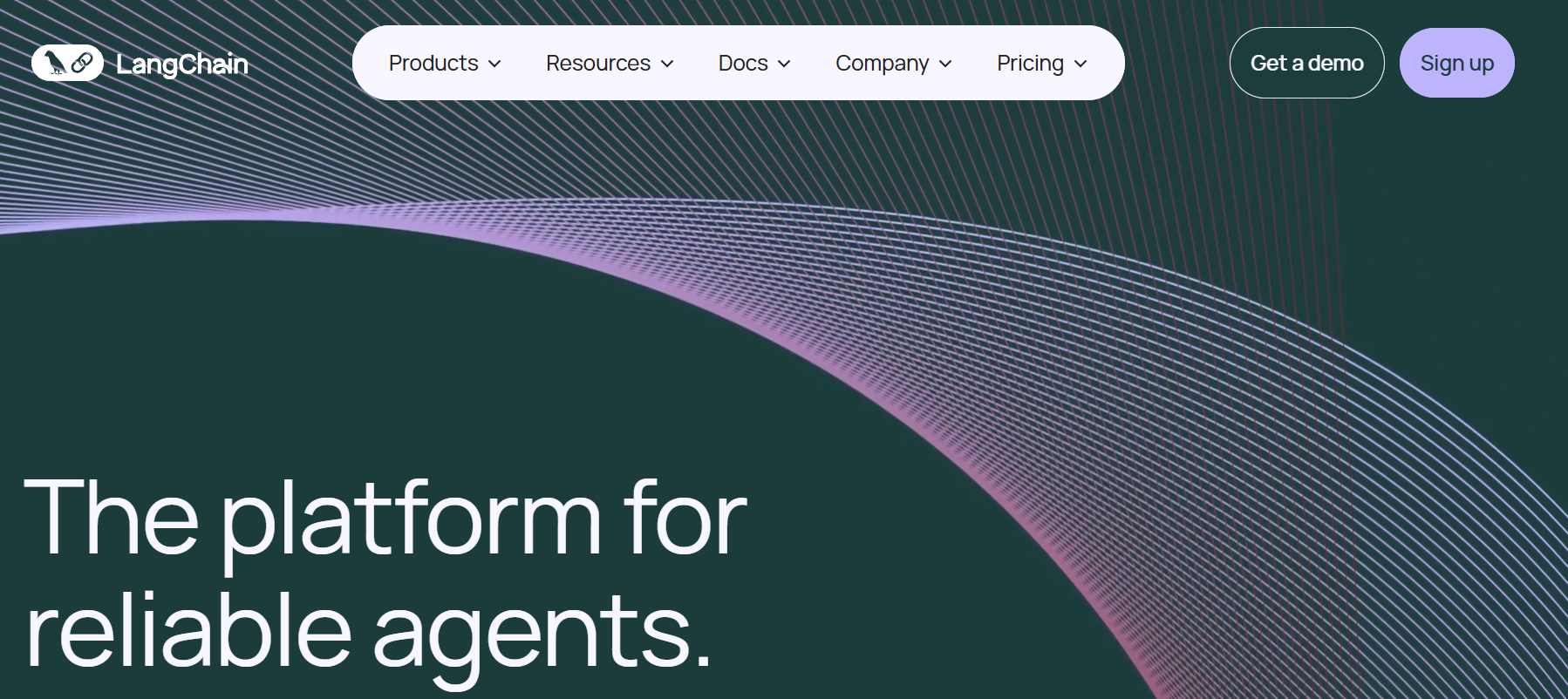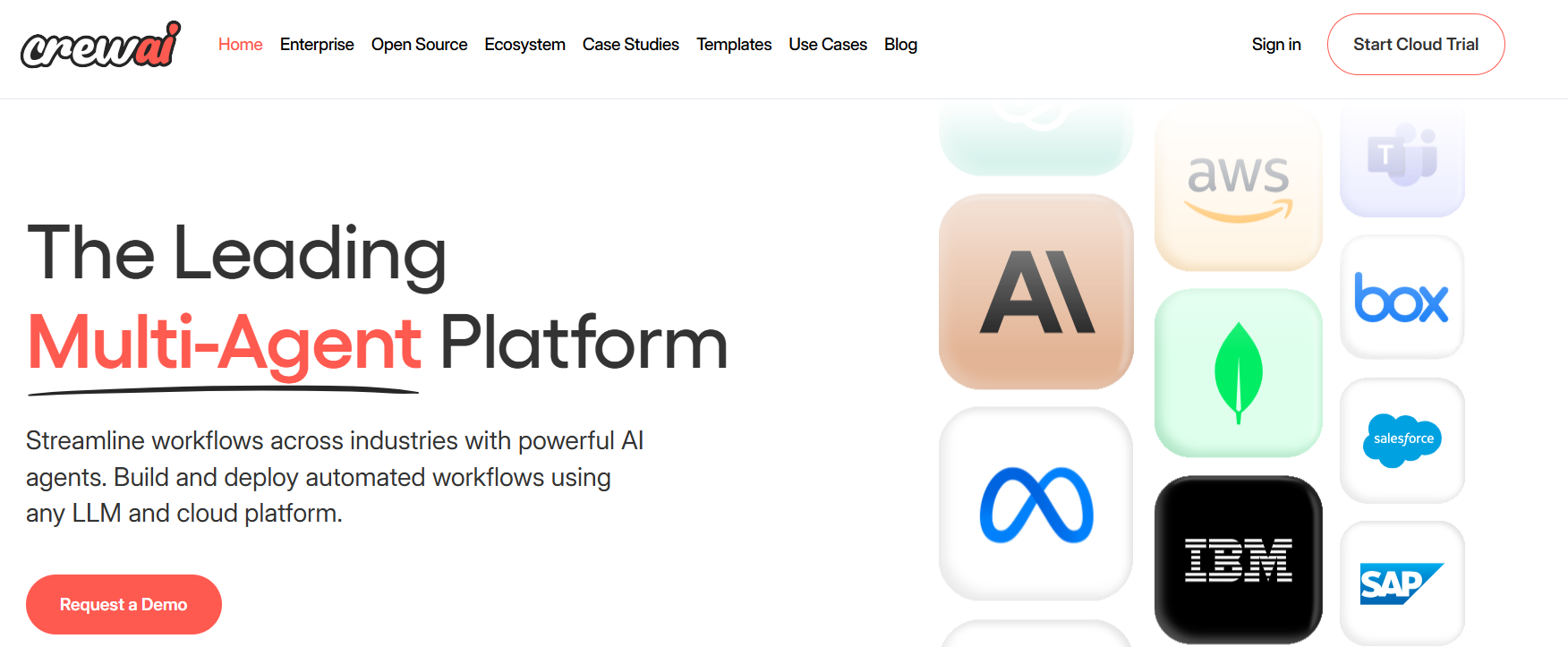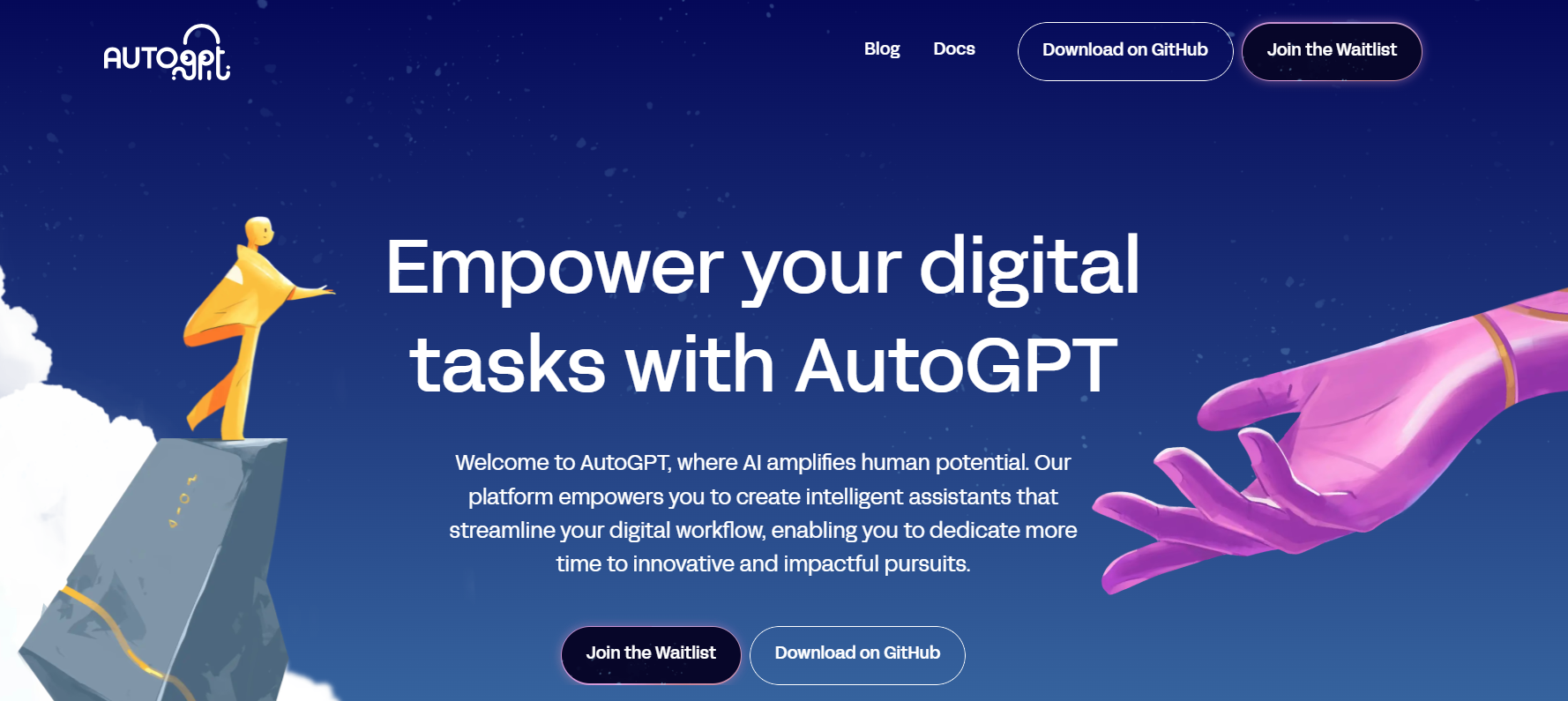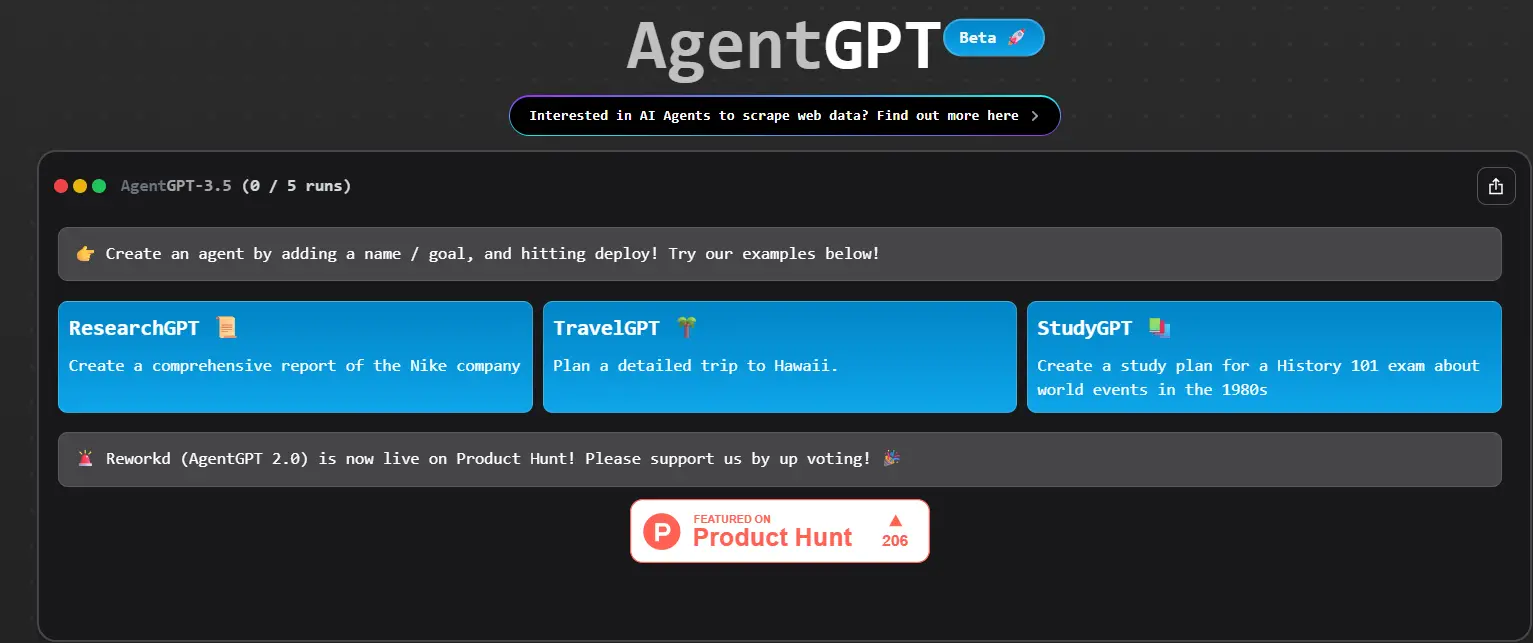10 AI Agent Frameworks in 2025 — Here's the Brutally Honest Guide

1️⃣ Introduction
The landscape of AI agent frameworks in 2025 is exploding. Whether you're building autonomous assistants or multi-agent systems, choosing the right framework can make or break your project. Here's an in-depth look at the top 10 frameworks dominating the space—complete with official links, strengths, limitations, and real-world use cases.
2️⃣ Top 10 AI Agent Frameworks
🔹 1. LangChain

Official: LangChain GitHub
Language: Python, JavaScript
LangChain offers an opinionated, modular approach to building LLM-powered agents, with strong support for RAG (Retrieval-Augmented Generation), memory, chains, and multi-tool orchestration. It remains the standard choice for developers seeking flexibility and community support.
The framework's modular architecture allows developers to build complex AI applications by combining different components like language models, vector stores, and memory systems. Its extensive ecosystem includes integrations with popular tools and services, making it a versatile choice for both simple and complex AI applications.
👍 Bottom line: Ideal for LLM pipelines—fast, extensible, community-backed.
⚠️ Watch out: Building complex workflows requires developer effort and memory handling.
🔹 2. AutoGen (by Microsoft)

Official: Microsoft AutoGen GitHub
Language: Python, .NET
Autogen coordinates multi-agent conversations—think Planner, Developer, Reviewer bots—working in a chat-based orchestration. It includes tools like AutoGen Studio and Bench. With over 40k stars, it's battle-tested.
What sets AutoGen apart is its sophisticated agent orchestration capabilities. The framework enables complex multi-agent workflows where different AI agents can collaborate, debate, and solve problems together. Its built-in tools for agent communication and task management make it particularly powerful for building complex AI systems that require multiple specialized agents working in concert.
👍 Bottom line: Excellent for multi-agent orchestration with full tooling suite.
⚠️ Watch out: Can become complex without careful orchestration logic.
🔹 3. CrewAI

Official: CrewAI GitHub
Language: Python
Designed for teamwork, CrewAI assigns roles to agents (researcher, writer, critic) in structured collaboration. Simple to use and LangChain-compatible.
CrewAI's strength lies in its ability to create structured, role-based AI teams. Each agent in the crew has a specific role and responsibility, making it ideal for complex tasks that require different types of expertise. The framework's simple API makes it easy to create and manage these AI teams, while its integration with LangChain provides access to a wide range of tools and capabilities.
👍 Bottom line: Best for structured pipelines and collaborative workflows.
⚠️ Watch out: Lacks parallel execution—agents run sequentially.
🔹 4. SuperAGI

Official: SuperAGI GitHub
Language: Python
SuperAGI provides an agent OS with UI, monitoring, vector memory integration, and plugin marketplace.
The framework stands out with its comprehensive agent operating system approach. It offers a complete ecosystem for building, deploying, and monitoring AI agents, including a user-friendly interface for agent management and a marketplace for plugins. The built-in vector memory system enables agents to maintain context and learn from past interactions, making it particularly suitable for long-running applications.
👍 Bottom line: Turnkey solution for agent orchestration and monitoring.
⚠️ Watch out: Infrastructure-heavy—Docker, Redis, DB needed.
🔹 5. LangGraph

Official: LangGraph GitHub
Language: TypeScript
Built over LangChain, LangGraph uses graph workflows to enable complex branching, loops, and stateful behavior in agents.
LangGraph brings the power of graph-based programming to AI agent development. It allows developers to create complex, stateful workflows where agents can make decisions, loop through processes, and handle multiple branches of logic. This makes it particularly powerful for building sophisticated AI systems that need to maintain state and handle complex decision trees.
👍 Bottom line: Ideal for logic-heavy, stateful agent flows.
⚠️ Watch out: Steep learning curve; familiarity with graph programming required.
🔹 6. Semantic Kernel

Official: Microsoft Semantic Kernel GitHub
Language: C#, Python, Java
Mixes classic coding with LLM-driven skills and memory. Offers enterprise integration and multi-language support.
Semantic Kernel bridges the gap between traditional programming and AI development. It allows developers to seamlessly integrate AI capabilities into existing applications while maintaining the structure and reliability of traditional code. The framework's enterprise-ready features, including robust security and scalability, make it an excellent choice for organizations looking to modernize their applications with AI capabilities.
👍 Bottom line: Perfect for hybrid systems connecting traditional code and AI.
⚠️ Watch out: C#-centric; Python support is still maturing.
🔹7. Auto-GPT

Official: AutoGPT GitHub
Language: Python
One of the earliest autonomous loop agents—splits goals into tasks, uses browser & memory.
Auto-GPT pioneered the concept of autonomous AI agents that can work independently to achieve goals. It breaks down complex objectives into manageable tasks and uses tools like web browsing and memory to accomplish them. The framework's ability to operate autonomously makes it particularly useful for automating complex workflows and research tasks.
👍 Bottom line: Great for proof-of-concept, autonomous workflows.
⚠️ Watch out: Hallucinations, uncontrolled tool usage—requires careful oversight.
🔹 8. AgentGPT

Official: AgentGPT GitHub
Language: Python
Browser-based deployment of GPT-powered agents. No-code friendly.
AgentGPT brings AI agent development to the browser, making it accessible to users without programming experience. Its web-based interface allows users to create and deploy AI agents through a simple point-and-click interface. The framework's focus on accessibility makes it an excellent choice for rapid prototyping and educational purposes.
👍 Bottom line: Quick experimentation without writing code.
⚠️ Watch out: Limited scalability and enterprise readiness.
🔹 9. Atomic Agents

Official: Atomic Agents via Pubby
Language: Python
Modular framework inspired by atomic design. Offers CLI support and high predictability.
Atomic Agents takes a unique approach to AI agent development by applying atomic design principles. The framework breaks down agent functionality into small, reusable components that can be combined to create complex behaviors. This modular approach makes it easier to test, maintain, and extend agent capabilities while ensuring predictable behavior.
👍 Bottom line: Clean, modular, CLI-first—great for predictability.
⚠️ Watch out: Young ecosystem—less battle-tested.
🔹 10. Dapr AI Agents

Official: Dapr AI Agents (CNCF)
Language: Multi (Kubernetes-native)
Enables scalable, observable AI agents on Kubernetes with stateful workflows.
Dapr AI Agents brings enterprise-grade capabilities to AI agent development. Built on top of the Dapr runtime, it provides robust support for building, deploying, and monitoring AI agents in cloud-native environments. The framework's integration with Kubernetes and support for stateful workflows makes it ideal for production deployments of AI agents at scale.
👍 Bottom line: Enterprise-grade, cloud-native support.
⚠️ Watch out: Requires Kubernetes and Dapr infrastructure.
3️⃣ Quick Comparison
| Framework | Strengths | Ideal Use Case |
|---|---|---|
| LangChain | Modular, extensive tools | LLM pipelines, versatile workflows |
| AutoGen | Multi-agent orchestration, tooling | Complex, collaborative workflows |
| CrewAI | Role-based collaboration | Sequential pipelines with specialty roles |
| SuperAGI | Monitoring, plugins, UI | Production-grade agent orchestration |
| LangGraph | Graph-based logic | State machines, branching workflows |
| Semantic Kernel | Code + AI hybrid | Enterprise hybrid integration |
| Auto-GPT | Autonomous looped goal execution | Autonomous task systems |
| AgentGPT | No-code, browser-based agents | Quick demos, prototyping |
| Atomic Agents | Modular, CLI-driven | Predictable modular agent apps |
| Dapr AI Agents | Kubernetes-native, observable | Scalable enterprise deployments |
4️⃣ Final Thoughts
If you're experimenting, start with LangChain or Auto-GPT. For multi-agent orchestration, consider AutoGen, CrewAI, or SuperAGI. Enterprises seeking cloud-native solutions should look at Semantic Kernel, Dapr, or Atomic Agents.
Choose wisely—each framework caters to different needs. Let me know if you'd like a code example setup or help deciding based on your specific use case!